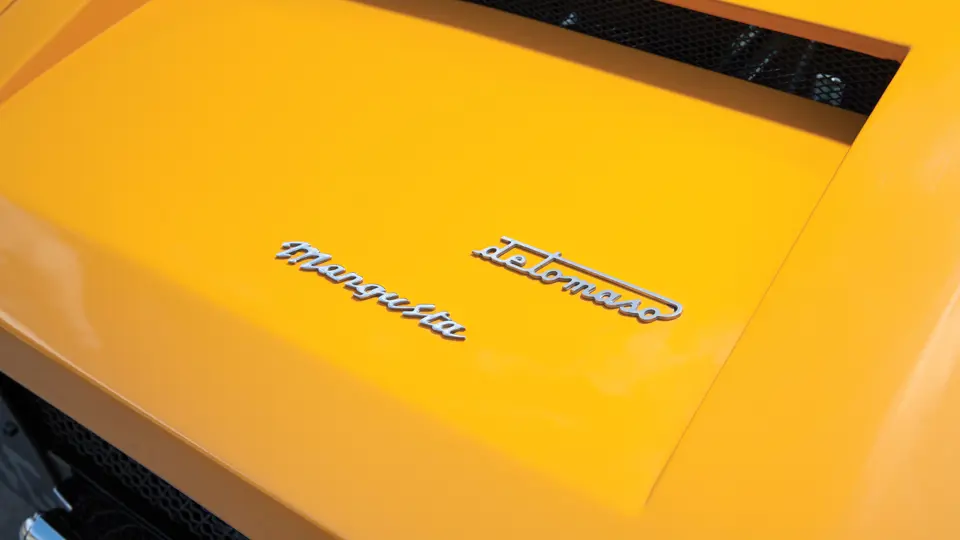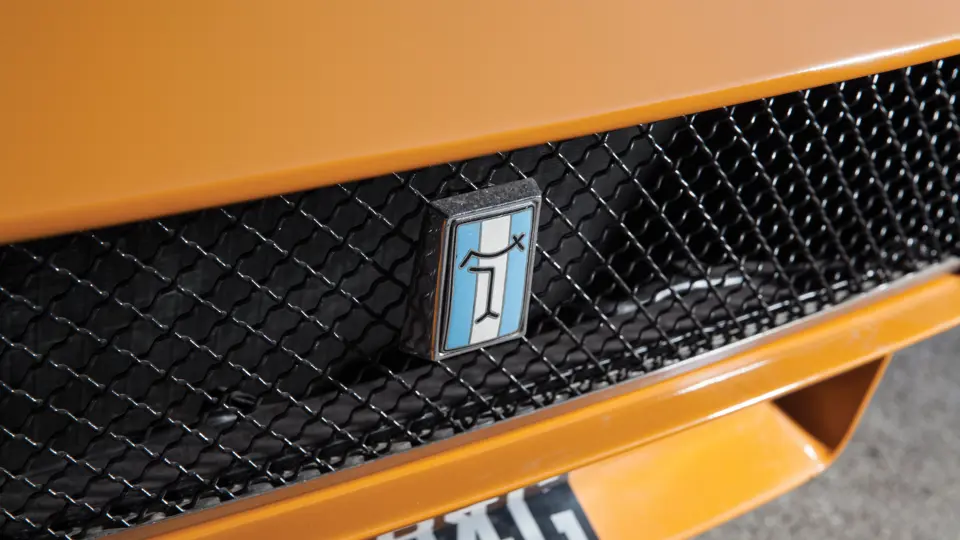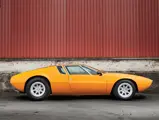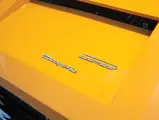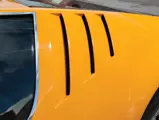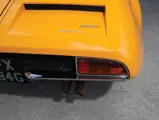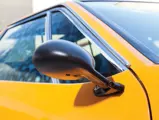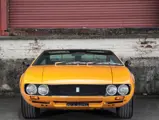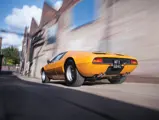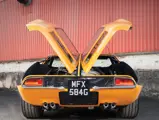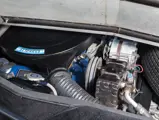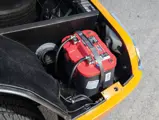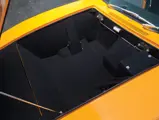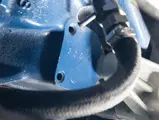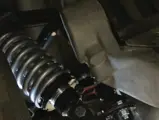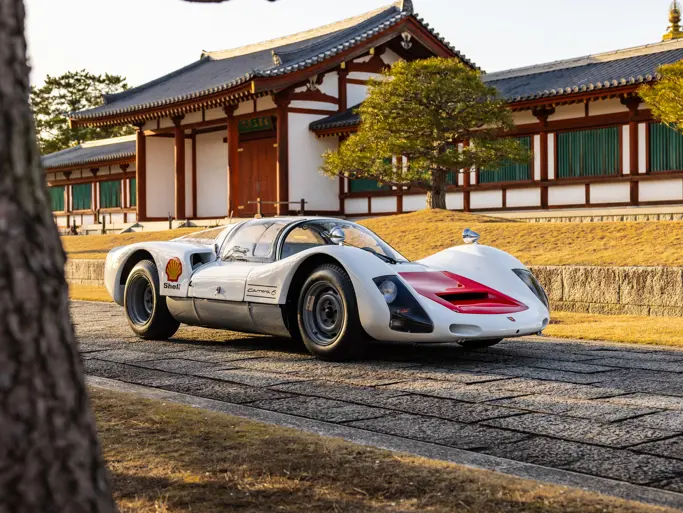
1969 De Tomaso Mangusta by Ghia
{{lr.item.text}}
$297,000 USD | Sold
{{bidding.lot.reserveStatusFormatted}}
- Fresh from a complete mechanical and cosmetic restoration
- One of just 401 Mangustas originally built; approximately 250 examples believed remaining
- A groundbreaking combination of American horsepower and Italian design
271 bhp, 302 cu. in. Ford V-8 engine, five-speed ZF manual transmission, unequal-length wishbone front suspension with coil springs and an anti-roll bar, wide-base unequal-length wishbone rear suspension with trailing arms, coil springs, and an anti-roll bar, and four-wheel power-assisted Girling disc brakes. Wheelbase: 98.4 in.
As a former racing driver for O.S.C.A. under the Maserati brothers, the entrepreneurial Alejandro de Tomaso founded a company bearing his own name in 1959 in an effort to compete in the world of racecars. Following in the footsteps of several other racing drivers of the same era, de Tomaso believed that he would have a surefire success on his hands if he combined a racing-style chassis, a robust Ford engine (pioneering mid/rear-engine configuration straight from the prototype playbook), and striking Italian design. His initial effort, the Vallelunga launched in 1964 and powered by an English Ford four-cylinder motor, was well received but alas could not compete with the heavy iron in other Italian hybrid cars.
Noting the extraordinary success of Carroll Shelby’s Cobras, followed by the outright dominance of the Ford GT40 in sports prototype racing, the brutally lovely Mangusta was born. (Italian for “mongoose,” its namesake is the only predator of cobras to be found in nature—such was de Tomaso’s ambition!)
Its styling was penned by the great Giorgetto Giugiaro, and it was built by Ghia of Turin. Compared to the Ford GT40 concept, with which it shared many conceptual and engineering similarities, the Mangusta was more subtle, streamlined, and elegant but was no less aggressive in appearance than the fearsome Ford. The more delicate styling did not mitigate the car’s performance, and the Mangusta boasted a top speed of 155 mph.
The current owner of the 1969 De Tomaso Mangusta presented here searched exhaustively for an original, corrosion free, and unmolested example to restore, and he wasted no time pulling the trigger when this particular car, meeting all of his criteria, became available. Sourced via the De Tomaso specialist PI Motorsports of Orange, California, it spent a large portion of its life in the Golden State, noted as being owned by enthusiast Steve Klunk for over 20 years. Immediately after its purchase, the car was shipped to the U.K. where work would begin with the objective to create one of the finest Mangustas in existence.
Following a complete rebuild of the car’s mechanical systems, a comprehensive body and interior restoration was undertaken to bring the car’s aesthetics to the same high level of quality as the drivetrain and ancillary components. The Mangusta was delivered to historic racing specialists IN Racing of Nottingham, where it received a year-long, bare-metal repaint in the gorgeous and compelling shade of Rosso Aurora, believed original to the car due to evidence found while stripping to bare metal. The car also received hand-made Ansa silencers and exhaust pipes. The interior was fully re-trimmed by the highly respected specialist Graham Dean. This painstaking work took nearly five years, and the Mangusta has emerged fulfilling its owner’s ambitions and objective. Now impressively presented to show quality, it is also importantly accompanied by a correct tool kit, jack, and owner’s handbook.
In the eyes of many enthusiasts, the De Tomaso Mangusta offers the best of both worlds: breathtaking Italian design and reliable American horsepower. As many cars were modified in period by owners looking for more performance, it is difficult to find an unmolested example. Certainly among the finest restored examples in existence, this wonderful Mangusta is a compelling example of Italian and American automotive ingenuity.
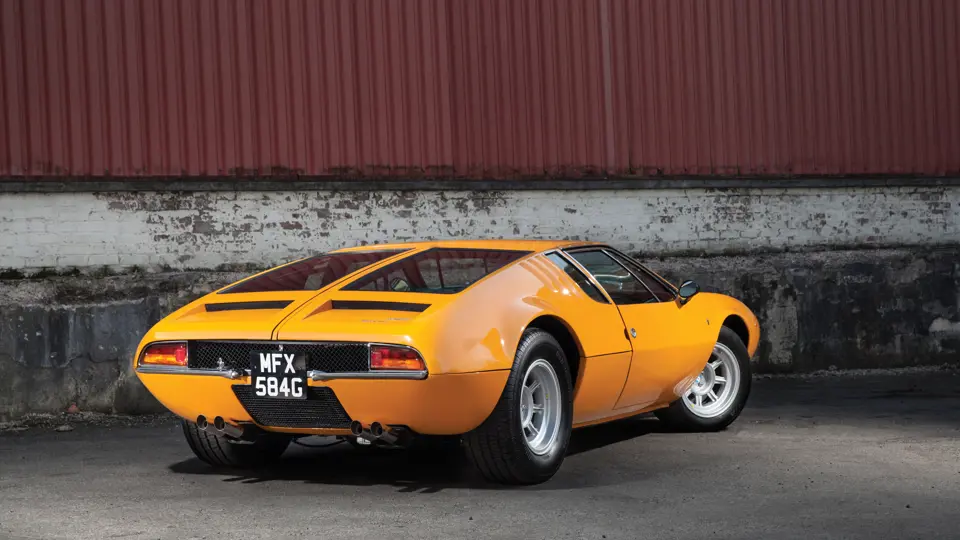




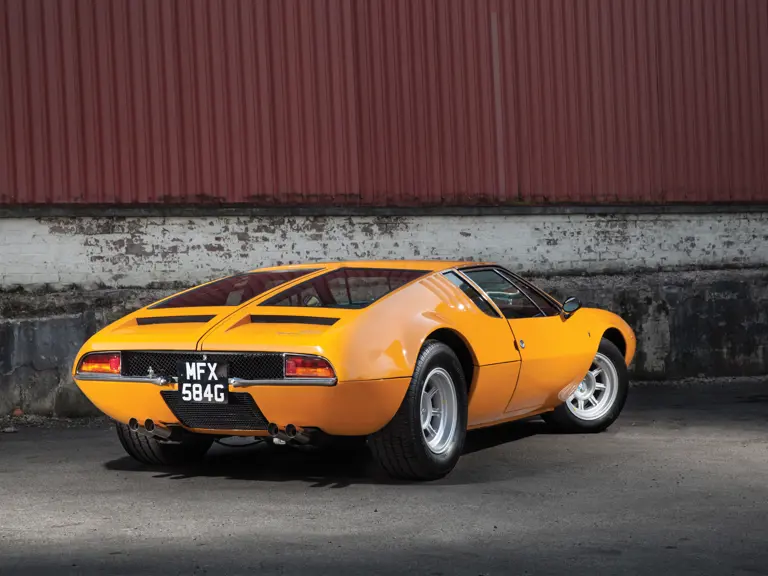
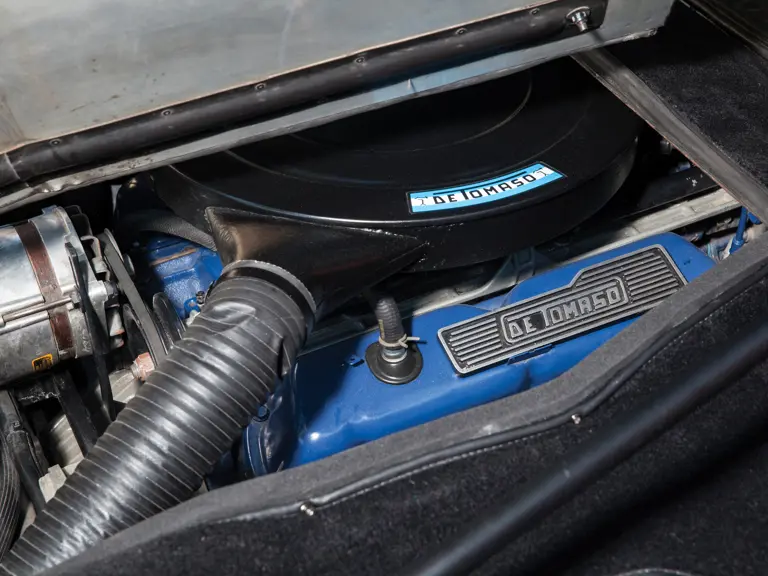

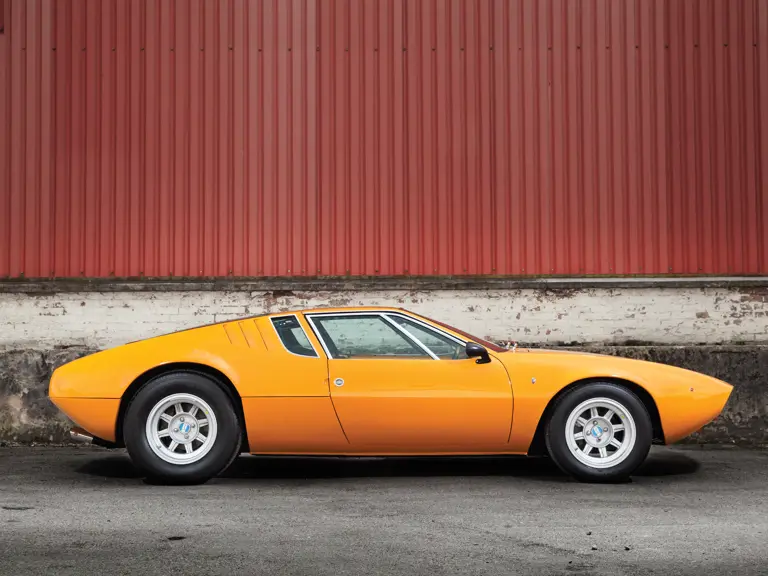
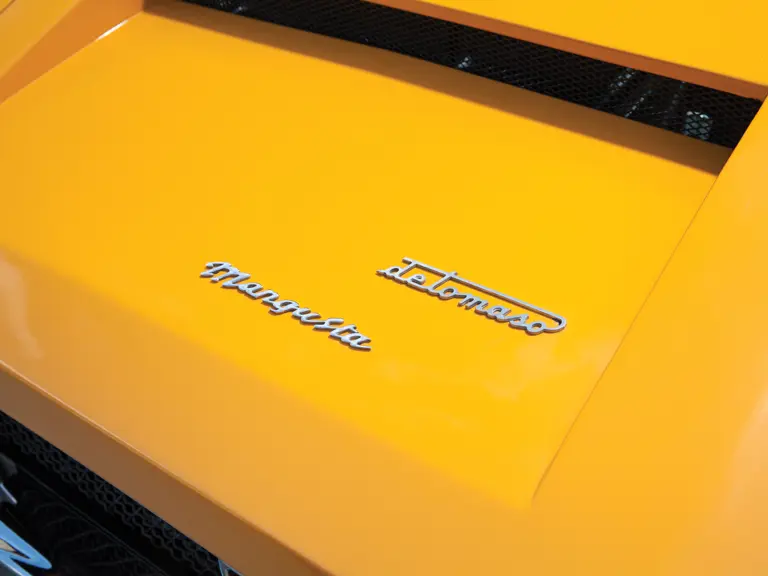

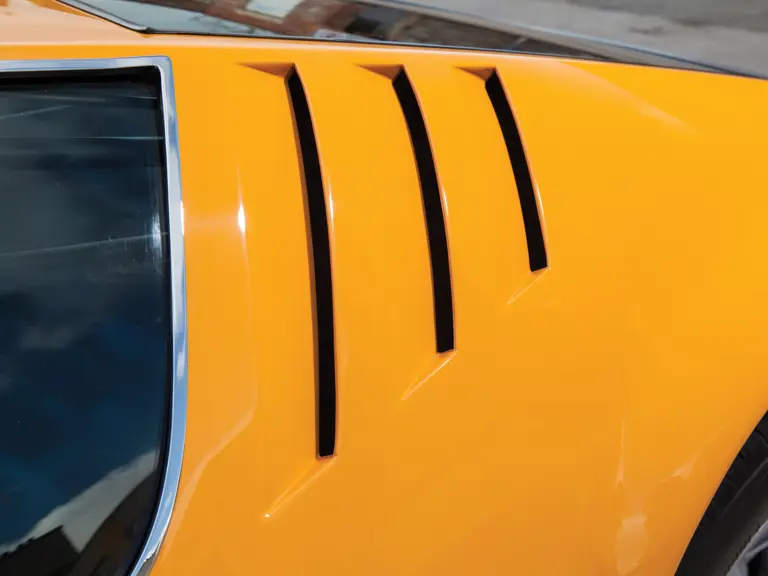
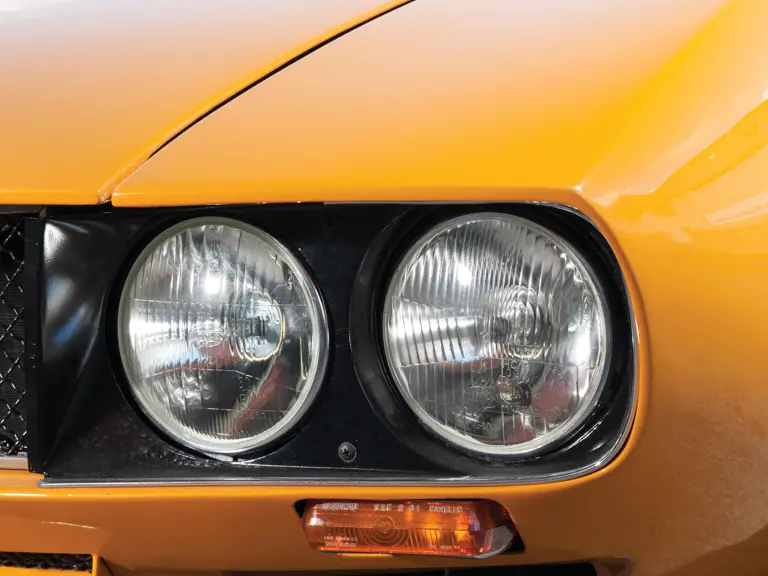
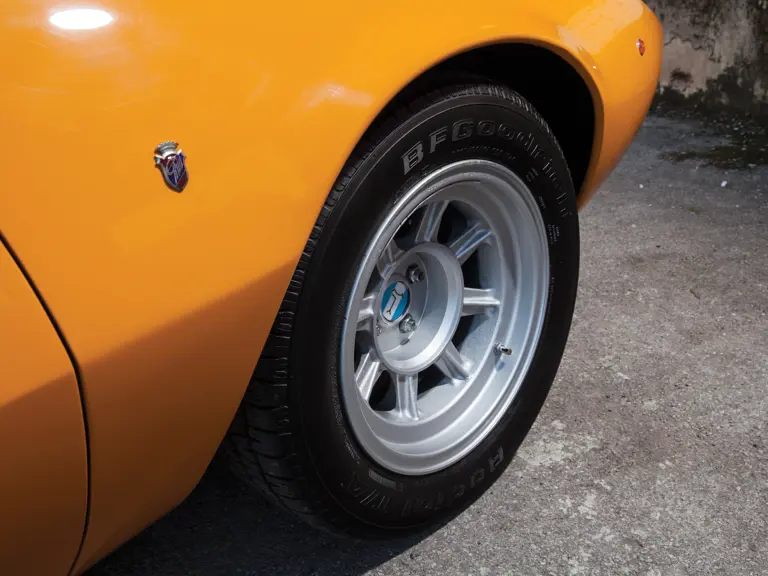
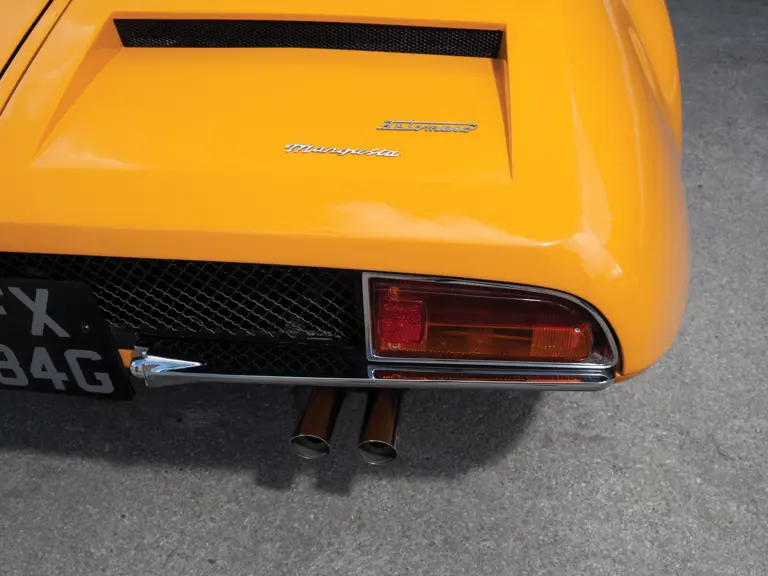


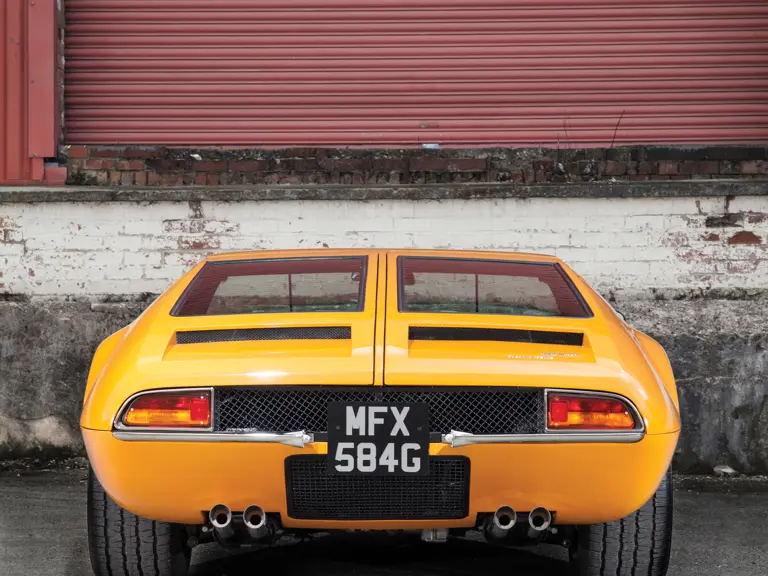
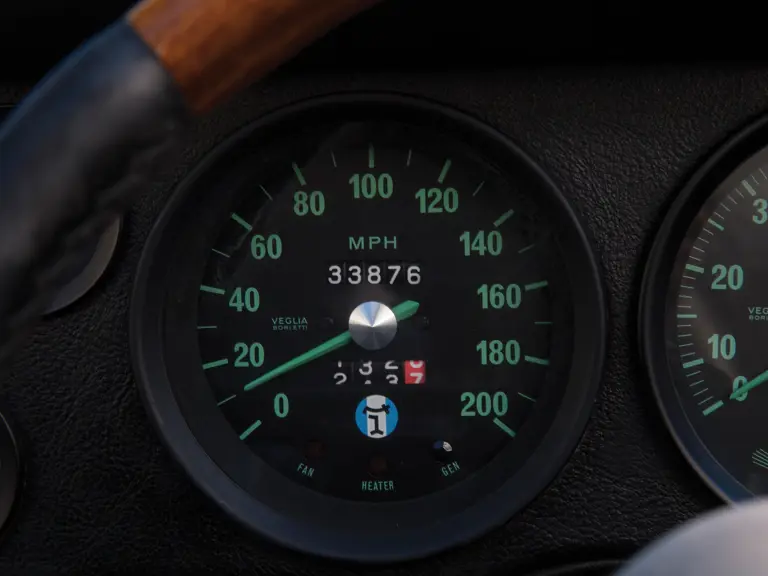
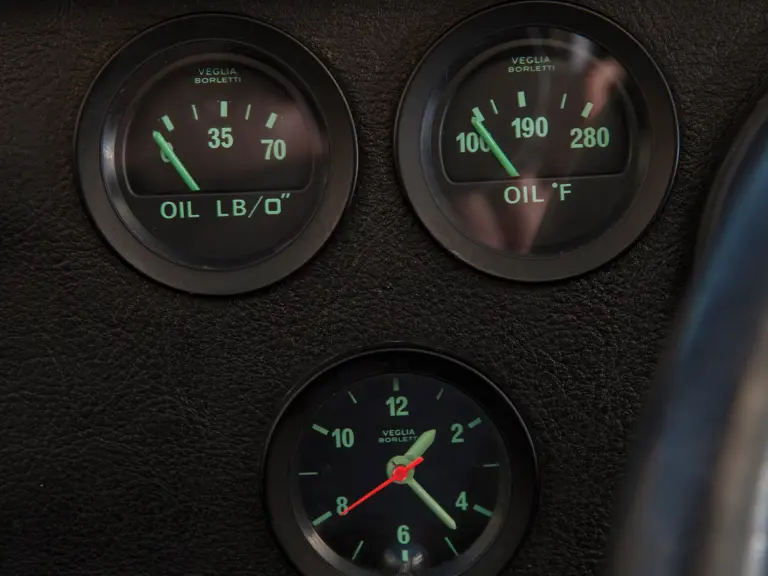
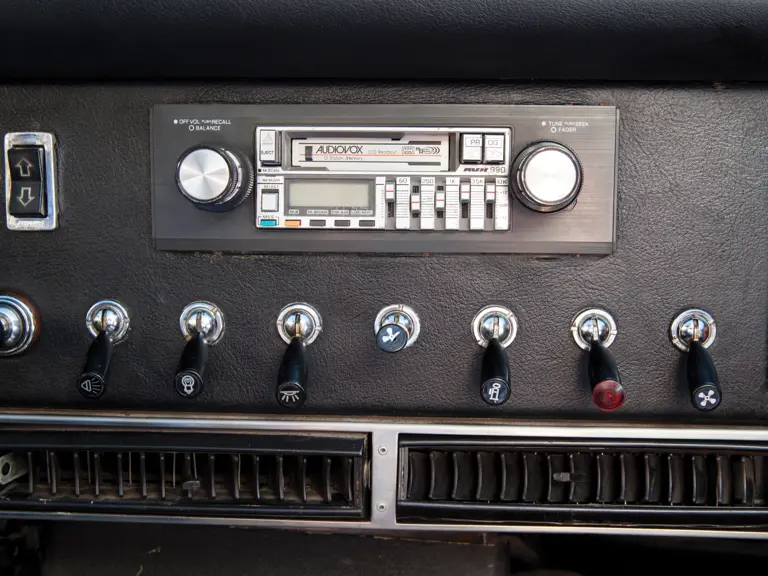
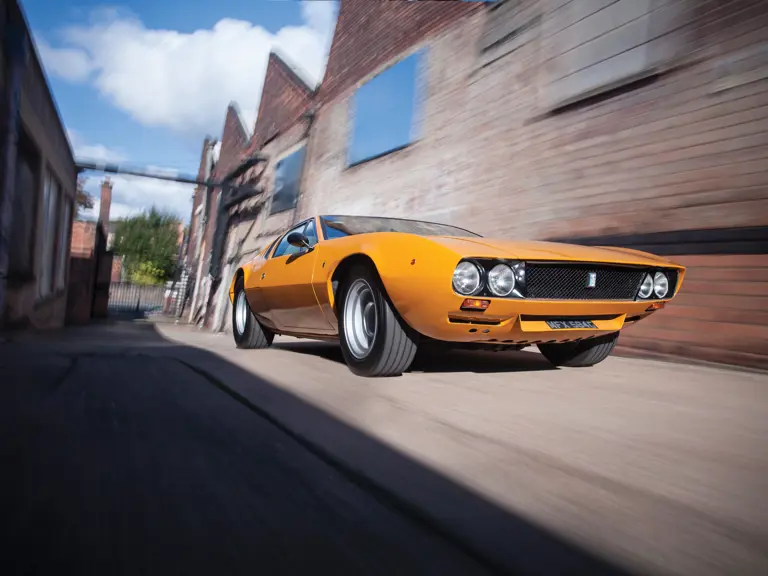

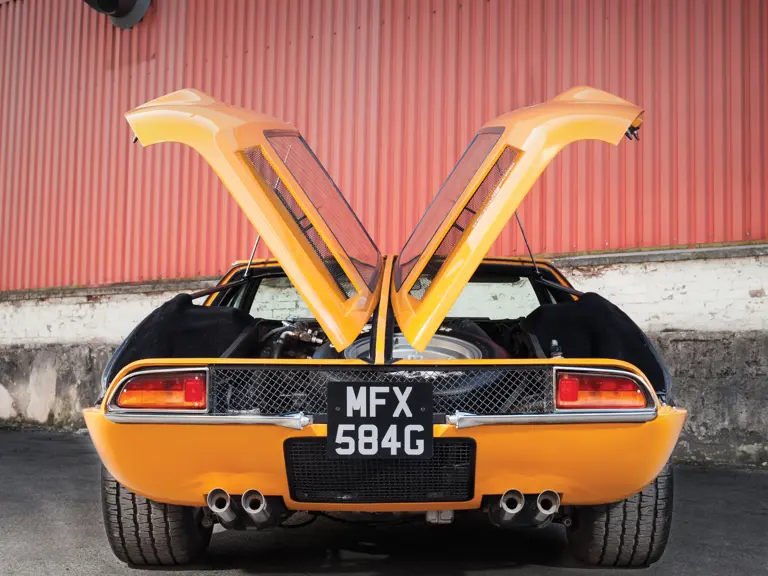

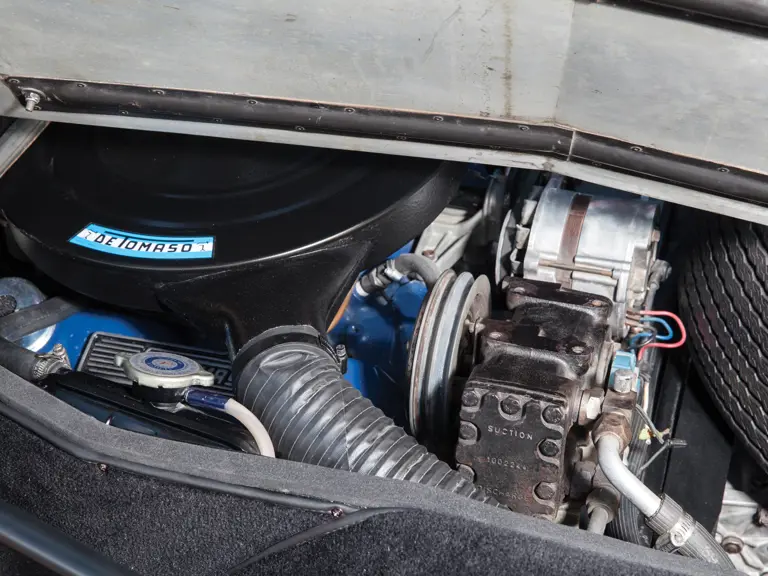
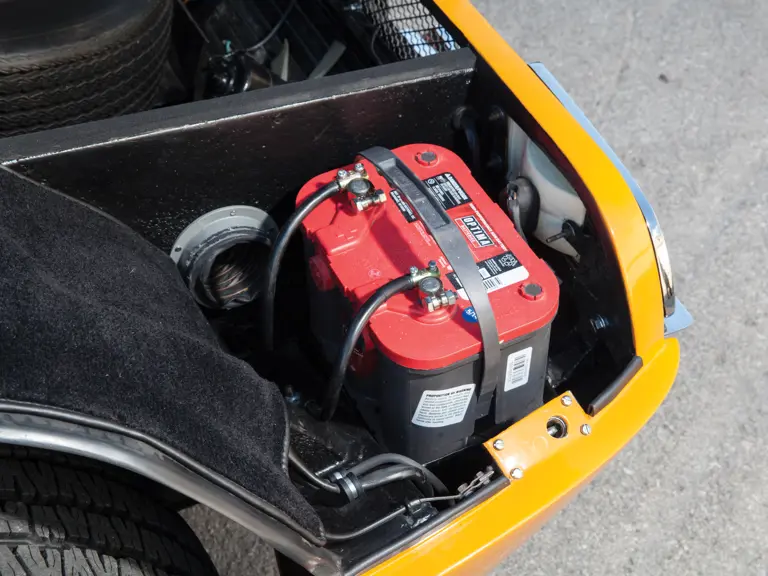
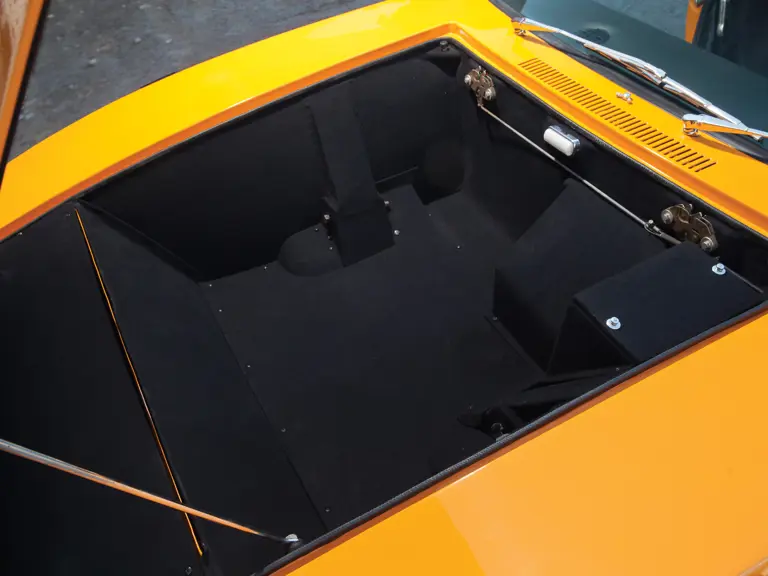
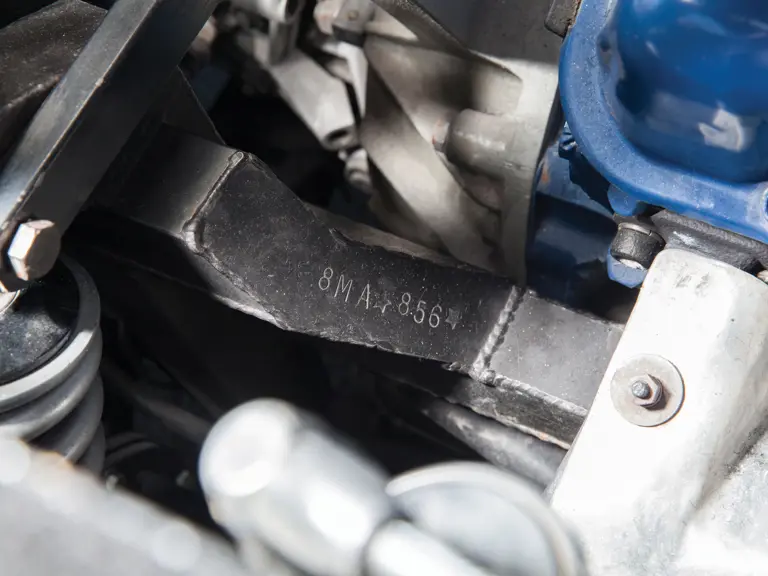
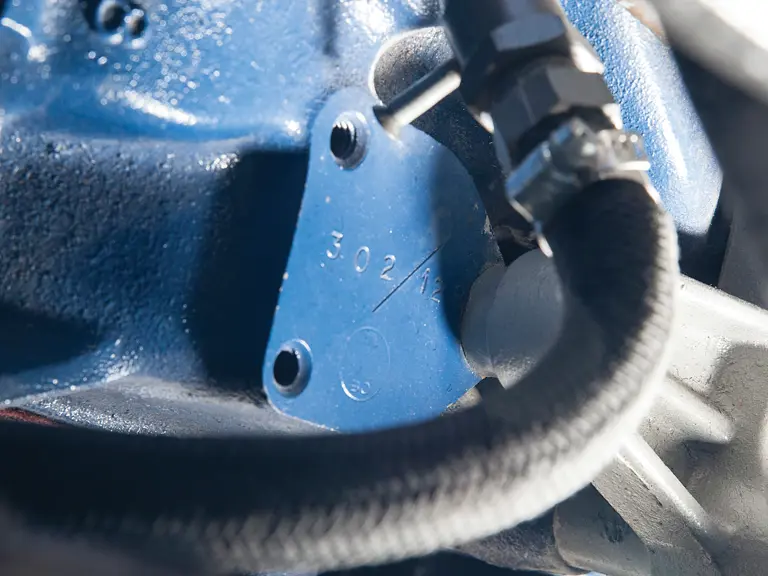
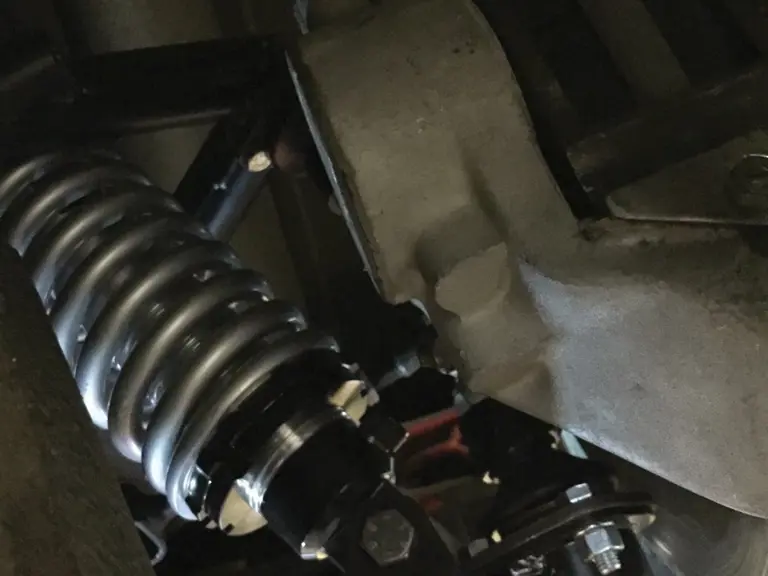
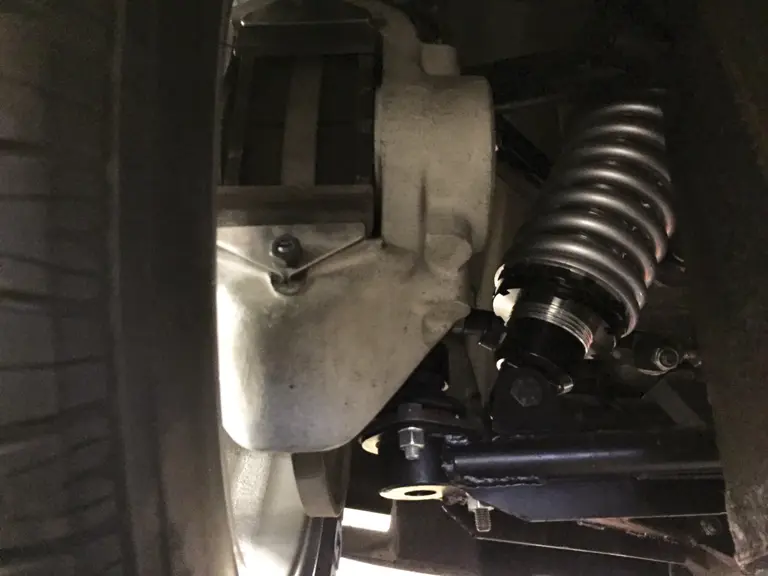
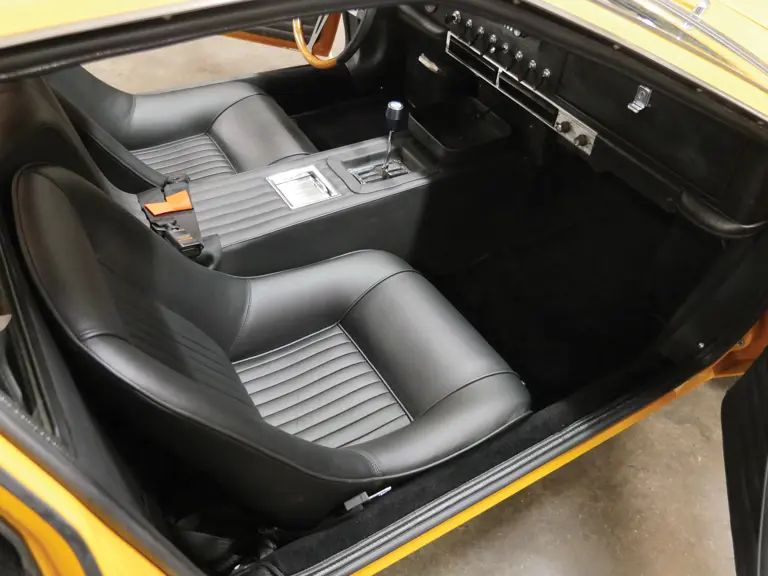
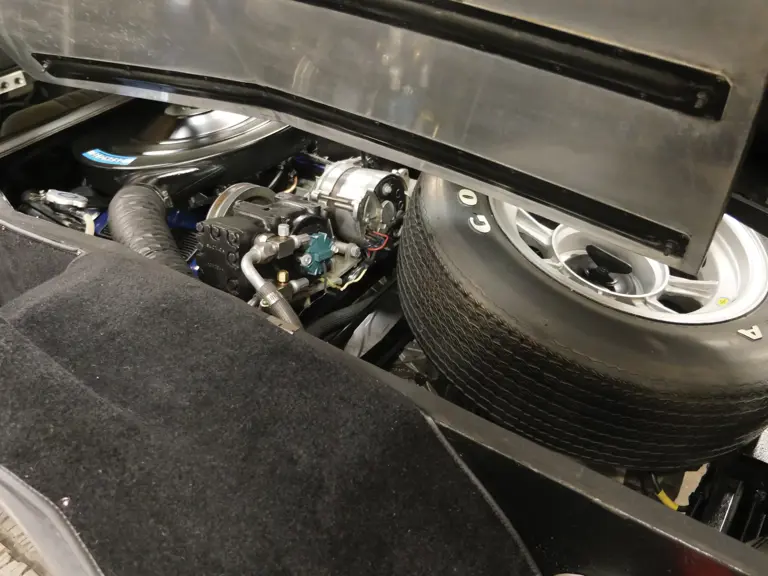
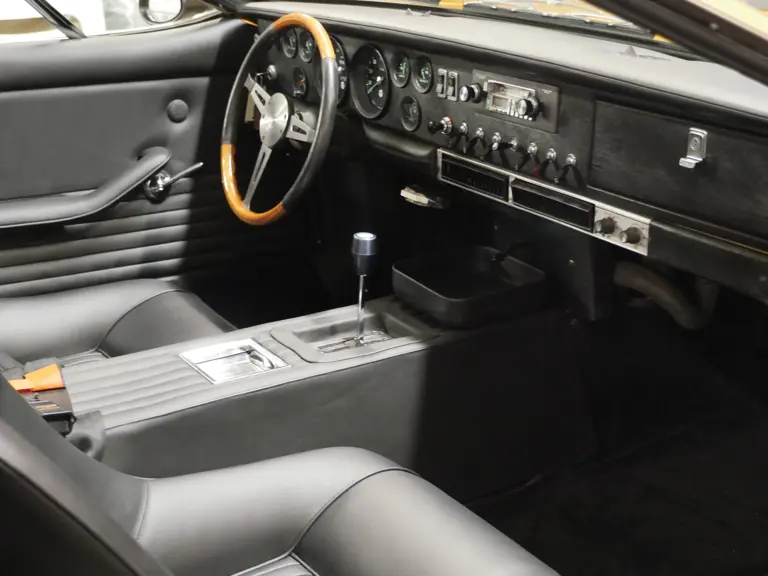
 | New York, New York
| New York, New York

